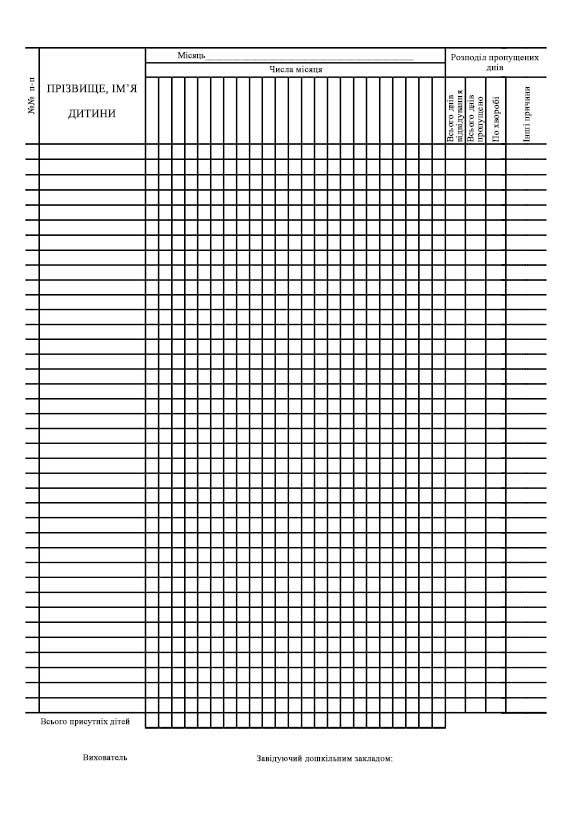Tabelj Oblku Vdvduvannya Dtej Forma No 305
After herbivory, plants release volatile organic compounds from damaged foliage as well as from nearby undamaged leaves that attract herbivore enemies. Little is known about what controls the volatile emission differences between damaged and undamaged tissues and how these affect the orientation of herbivore enemies. We investigated volatile emission from damaged and adjacent undamaged foliage of black poplar ( P opulus nigra) after herbivory by gypsy moth ( L ymantria dispar) caterpillars and determined the compounds mediating the attraction of the gypsy moth parasitoid G lyptapanteles liparidis (Braconidae).
Slika dela / pictures of parts Naziv / Name Tip kotla / Type of boiler Dimenzija / Dimesion CODE PDM CODE INFOerp Q. Težina / Weight (kg) TKAN 1 520x1020x1480 S0002627 1 430 TKAN 2 670x1200x1572 S0002655 1 560 57 1,5 602x710x1565 6 Fleksibilna veza / Flexible connection 243x243x132 S0003827 6x6 L=435 D000029 S0002599.
Female parasitoids were more attracted to gypsy moth‐damaged leaves than to adjacent non‐damaged leaves. The most characteristic volatiles of damaged versus neighbouring undamaged leaves included terpenes, green leaf volatiles and nitrogen‐containing compounds, such as aldoximes and nitriles. Electrophysiological recordings and olfactometer bioassays demonstrated the importance of nitrogenous volatiles.
Under field conditions, parasitic Hymenoptera were more attracted to traps baited with these substances than most other compounds. The differences in volatile emission profiles between damaged and undamaged foliage appear to be regulated by jasmonate signalling and the local activation of volatile biosynthesis. We conclude that characteristic volatiles from damaged black poplar foliage are essential cues enabling parasitoids to find their hosts. Volatile collection and analysis To investigate the local and systemic emission of volatiles from P. nigra after L. dispar feeding, two individual trees (approximately 1.20 m in height and 1 year old) of each of 20 different genotypes were selected (40 trees altogether). Twenty trees were then infested with gypsy moth caterpillars and the other 20 functioned as controls. Thus, each treatment contained 20 tree genotypes as replicates.
PRAVIDLA CESKEHO PRAVOPISU by Zdenek Hlavsa, Zdenka Hruskova & others. Prague: Academia Praha, 1993. First edition. 6 1/2 x 8 1/2 inches. Text in Czech. Condition is Very Good; Very clean and unmarked, inside and out. We would like to show you a description here but the site won’t allow us. Ezhednevnie uprazhneniya skripacha elizaveti gileljs.
During the experiment, trees were kept in a climate chamber (humidity: 60%, day/night temperature: 20 °C/16 °C; 16 h light). The experiment was performed approximately 2 months after leaves started flushing. The young foliage of each tree was divided into two sections, basal and apical, based upon the position in the tree. Each section had 20–30 leaves and was enclosed with polyethylene terephthalate (PET) foil (Toppits ® Bratschlauch, Minden, Germany) (Fig. a). Seven fourth instar L. dispar caterpillars were released in the PET bags covering the basal section and allowed to feed for 41 h before volatile collection started. Caterpillars were allowed to remain on the trees during volatile collection to avoid possible mechanical damage to the tree caused by bag removal.
As a control, we also collected volatiles released from the insects themselves (and their frass) for 4 h right after these were removed from the trees ( shows the results). All measurements were performed in May 2011. Herbivory and following volatile collections were both carried out in a climate chamber (humidity: 60%, day/night temperature: 20 °C/16 °C; 16 h light). As the 40 plants could not be treated at the same time, the experiment was split up into four blocks, each block containing trees from each treatment. Emission of volatile compounds from herbivore‐damaged and adjacent undamaged leaves of P opulus nigra (black poplar) trees infested with L ymantria dispar (gypsy moth) caterpillars.
(a) The foliage of young trees established from cuttings of 20 different genotypes of old‐growth P. nigra was divided into basal and apical sections with polyethylene terephthalate (PET) foil and seven 4th‐instar caterpillars were released into the basal section. A second set of PET foil‐divided trees was left as controls without caterpillars. After 41 h of caterpillar feeding, volatiles were collected using a dynamic headspace collection system and analysed by GC‐MS and GC‐FID.

(b, c) Emission of major groups of volatiles was recorded from herbivore‐damaged and adjacent undamaged foliage in relation to control emission from corresponding regions of trees not subject to L. dispar herbivory. Data are presented as mean ± SE, n = 20 (one representative of each of 20 genotypes). Asterisks indicate significant differences between herbivore‐infested trees and the controls: * P. Hymenopteran parasitoid attraction to single volatiles in the field Parasitoid attraction to nine individual poplar volatiles and a solvent control (hexane) was tested in the lower canopy of four old‐growth trees within the black poplar population described earlier. The choice of compounds for this experiment was based upon the results from the electrophysiological and behavioural experiments with parasitoids conducted in the laboratory, as well as on the results from the random forest analysis of volatiles released from 20 tree genotypes. Vials (2 mL) with 10 μL glass micropipette pierced through the screw tops were used as dispensers containing compounds dissolved in hexane at a concentration of 10 μg μL −1 (release rates for the dispensers are shown in ). Each dispenser was located at the bottom of a rectangular yellow sticky trap (10 × 15 cm) which was pasted vertically onto a ‘hat trap’ (KLP+; C.